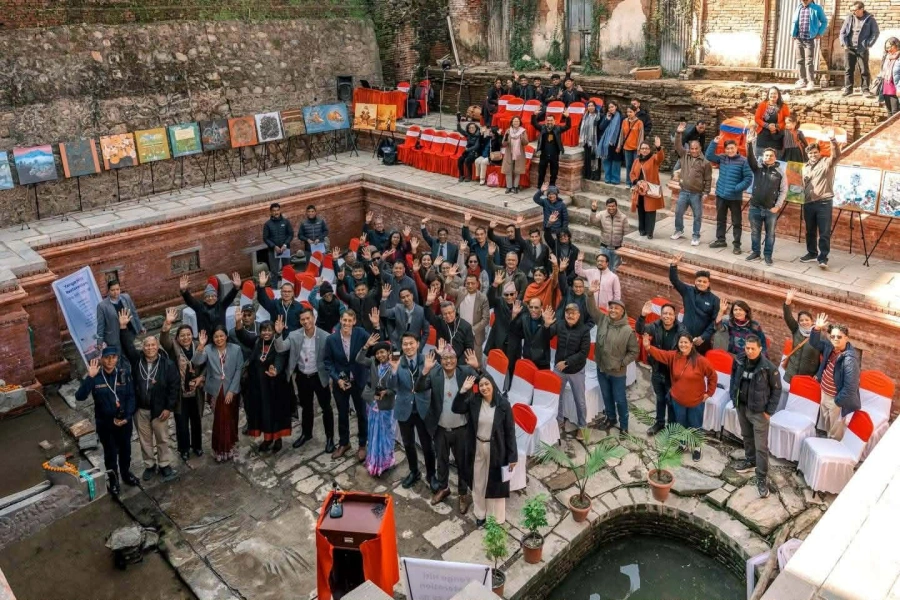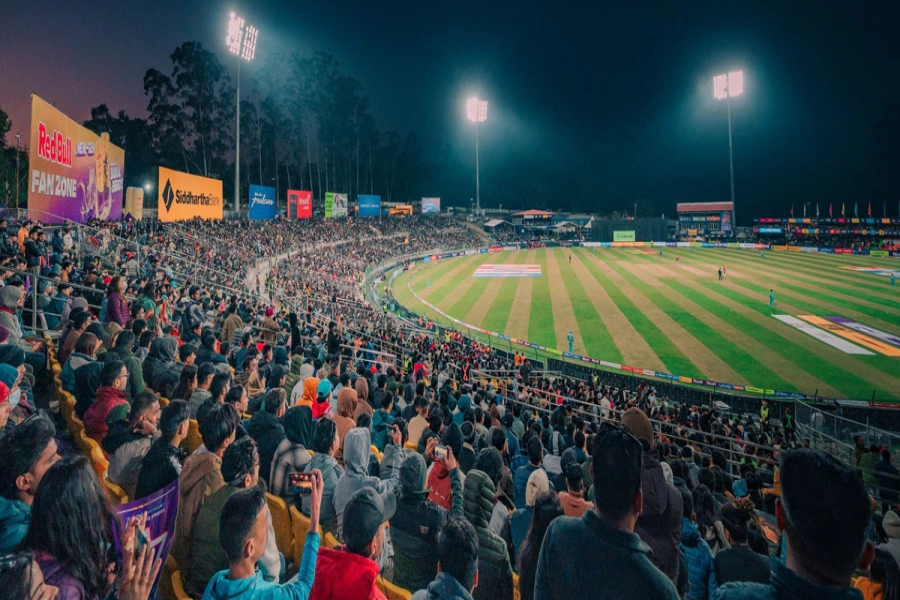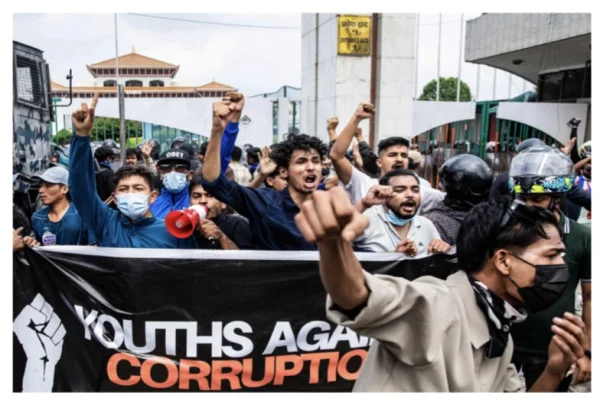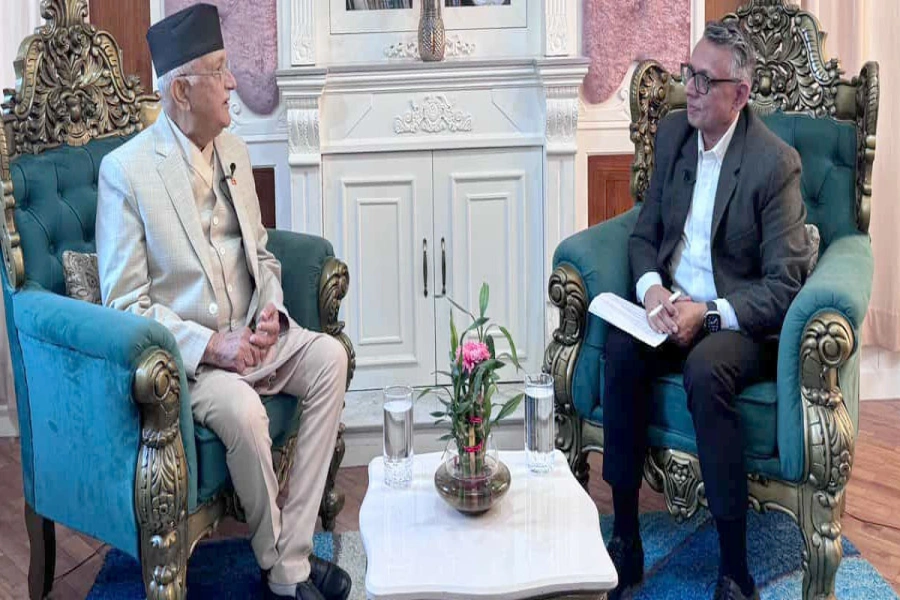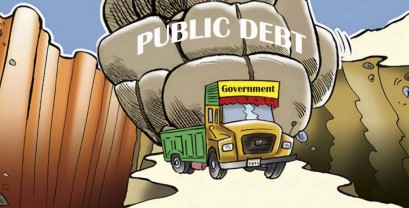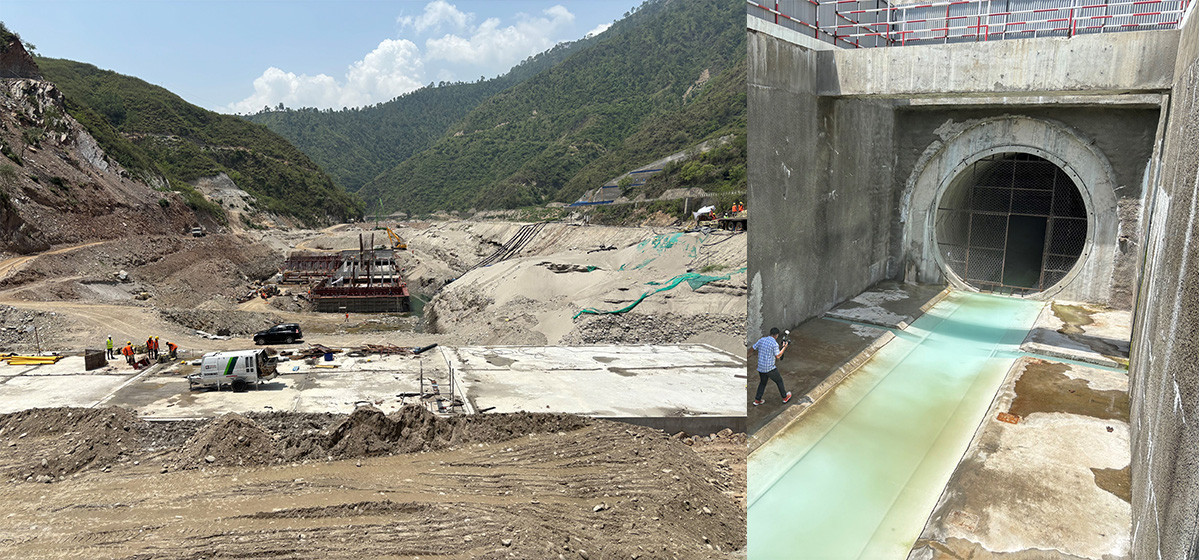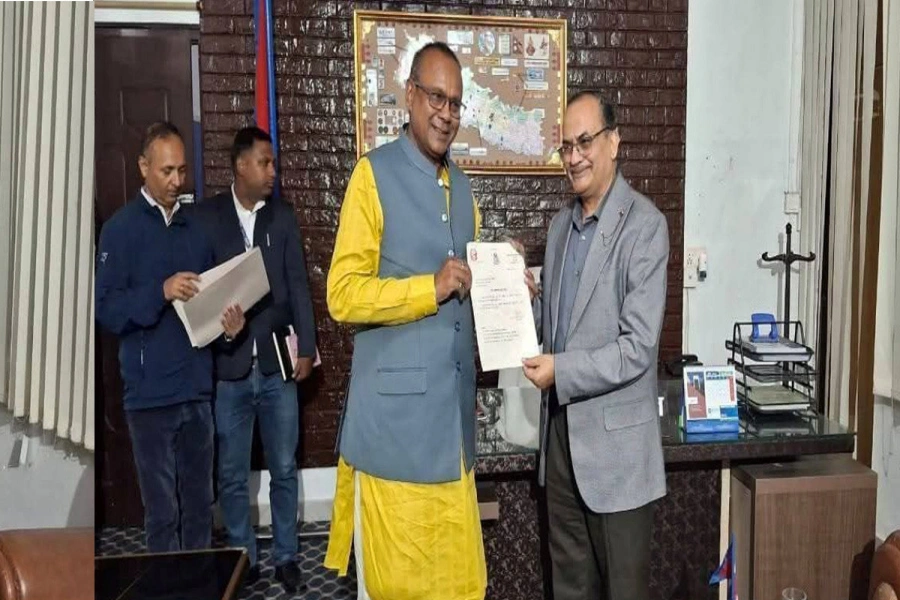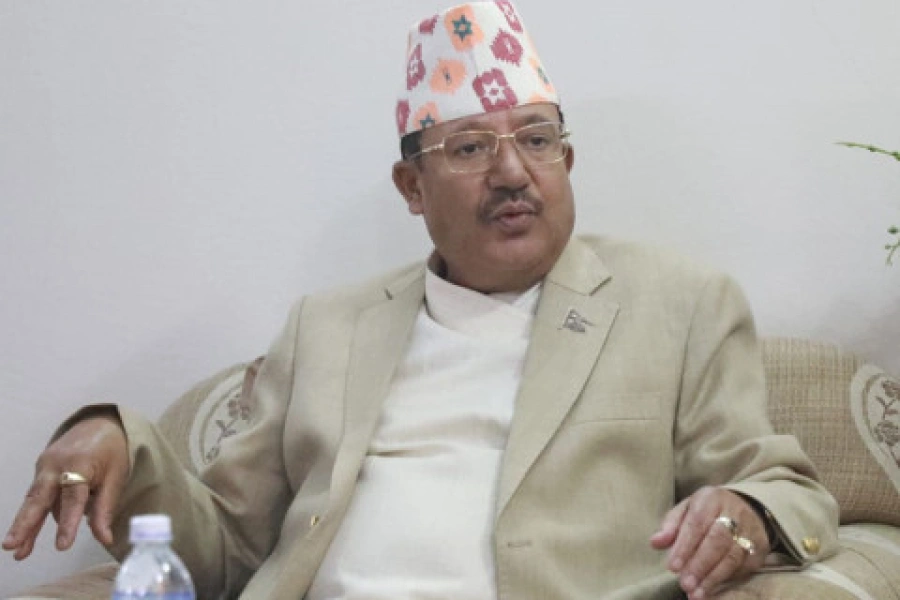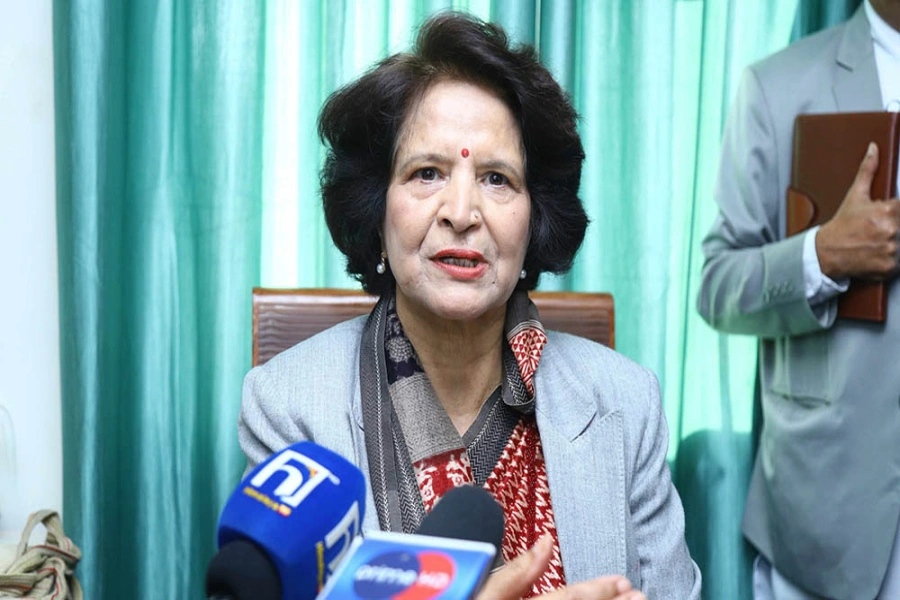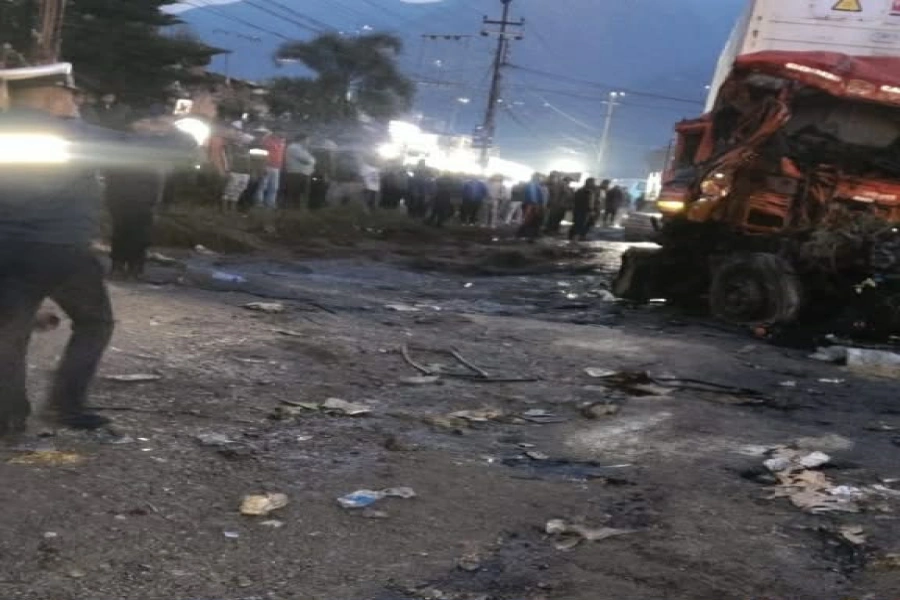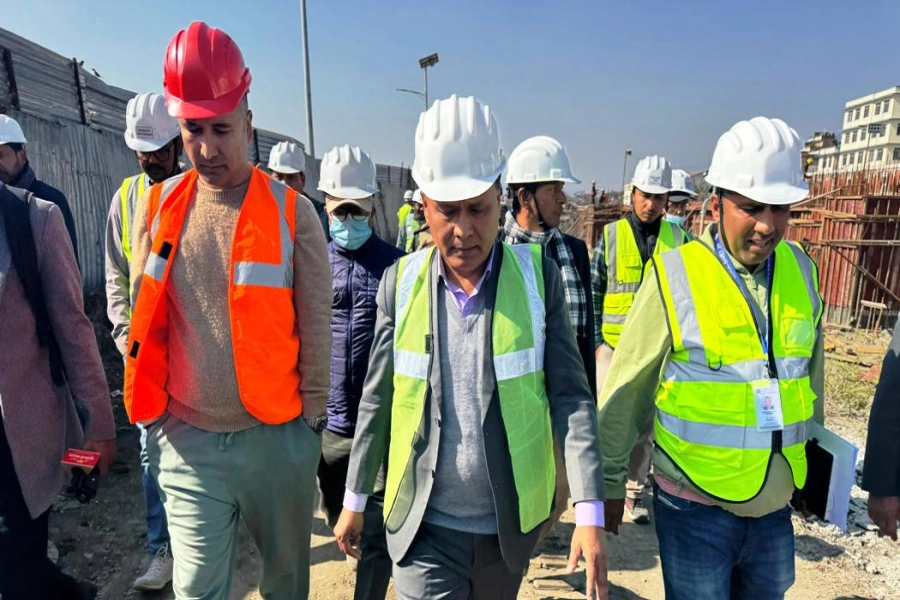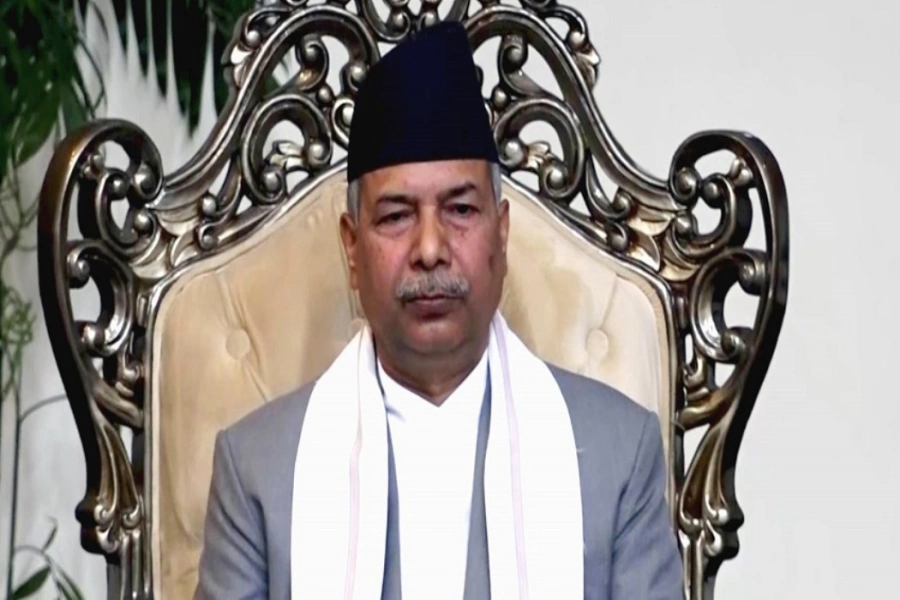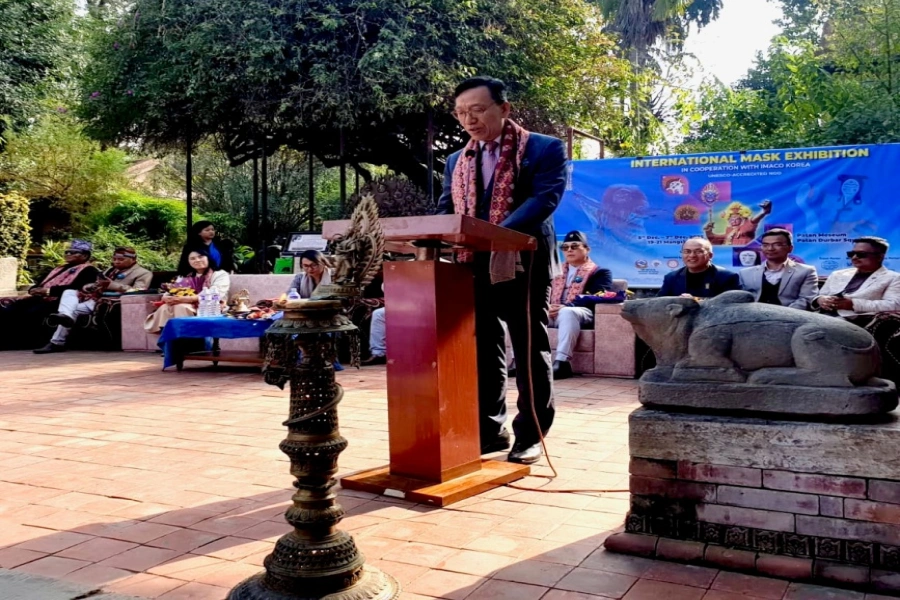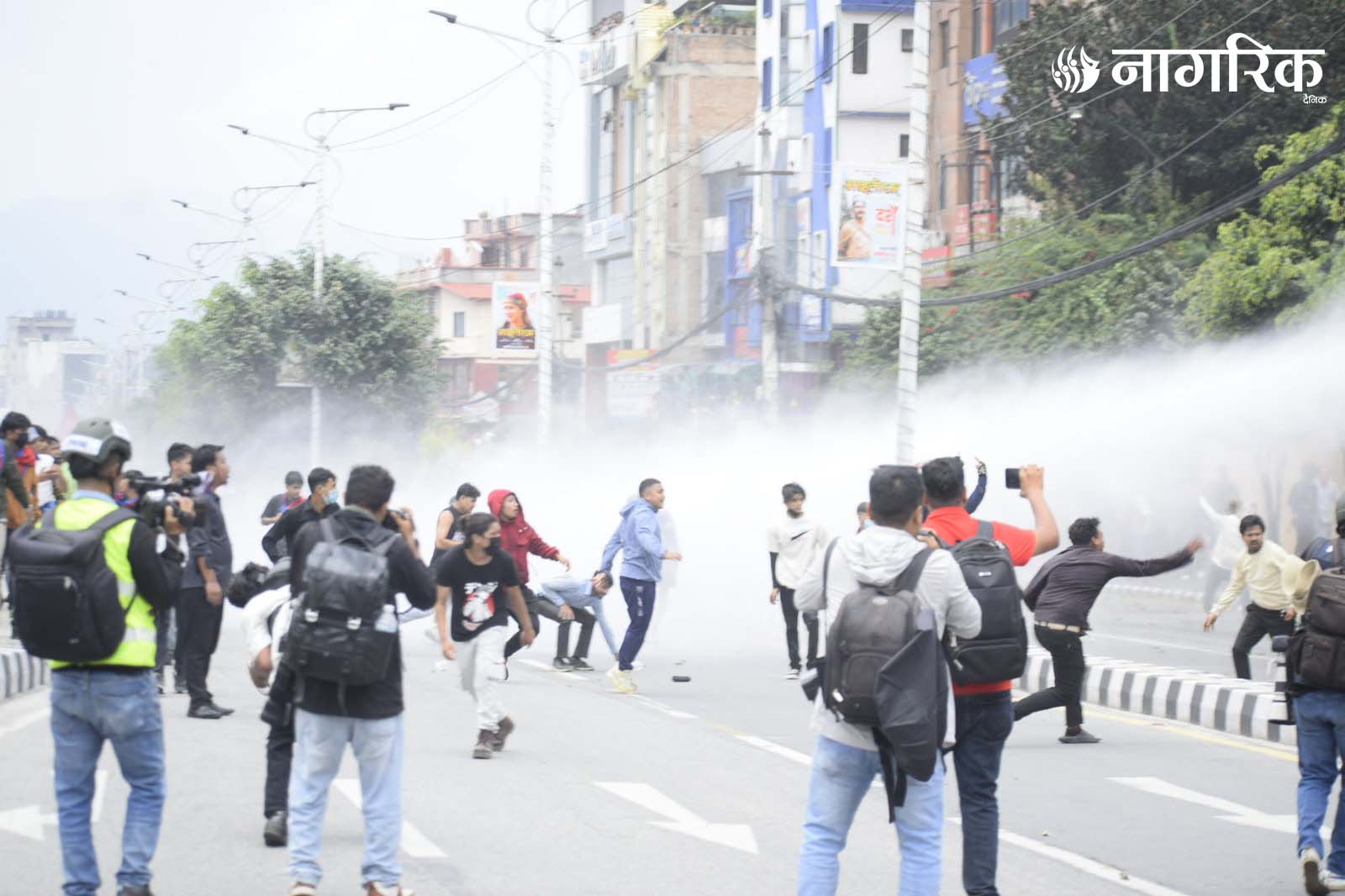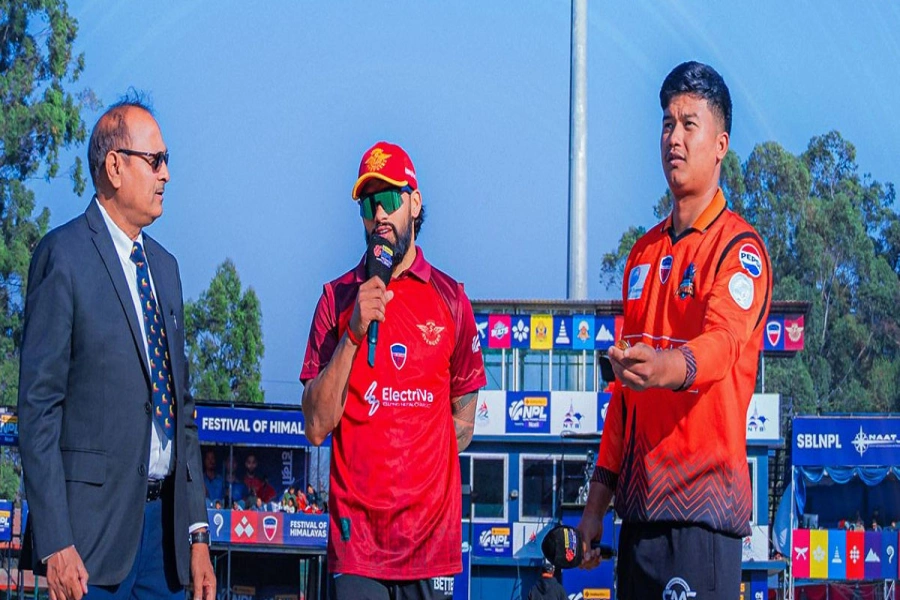The Nepal Oil Corporation (NOC) has mulled a plan to sell cooking gas, known as LPG (liquefied petroleum gas), at different prices for homes and businesses. The idea is simple: hotels, restaurants, and other commercial users would pay the full price while families would pay less since the government would provide them with a discount or subsidy. NOC, the state-owned monopoly, claims that selling LPG to everyone at the same discounted prices has caused significant financial losses to it. NOC loses Rs 322 for each 14.2-kilogram LPG cylinder sold. The real cost to NOC is far greater, as both homes and businesses pay Rs 1,910 per cylinder. As a result, NOC loses over Rs 11 billion annually on LPG subsidies. The new proposal seeks to address this by eliminating subsidies for commercial users. NOC's annual losses might decrease to Rs 2 billion if restaurants and hotels pay the full amount, saving around Rs 9 billion of taxpayers' money.
Previously, NOC, which says around 450,000 to 500,000 tons of LPG are consumed annually in the nation, experimented with utilizing blue cylinders for commercial purposes and red cylinders for households. The concept was first proposed in 2013 and then again in 2018, but both times it failed, much to the dismay of NOC. Because there was no appropriate mechanism in place to determine whether cylinders were being misused. For instance, NOC had no way of monitoring that a red cylinder intended for a home may end up at a restaurant, hotel, or other business outlets. NOC says it will implement a new mechanism this time. Household purchases of LPG will be tracked through specialized software. When buying a cylinder, families have to register and pay the full price upfront and then get the subsidy amount back from the designated bank, probably Nepal Banijya Bank. Only the registered households can get cylinders in this way. For a year, each family will get eight subsidized cylinders that will fulfill their usual cooking needs.
NOC decides not to hike price of LPG despite a hefty rise in im...

If this approach is successful, the benefits are obvious. NOC may minimize its financial burden while families, about 44% of the total population, will continue to have access to reasonably priced cooking gas, particularly those with lower incomes. Additionally, it makes the system more equitable as businesses that use LPG for profit have to pay more than a household. But there are still difficulties. People may experience delays in receiving their subsidy reimbursements; the system for tracking homes can be sluggish or prone to mistakes. Similarly, families may realize that eight cylinders are not enough and will have to purchase more cylinders at full price. Commercial users may raise product prices to cover their increased expenses.
The success of the NOC plan hinges on taking lessons from the past. The lack of monitoring caused the previous color-coding system to fail. There is now hope thanks to improved technology and a bank-based return procedure. However, NOC must guarantee that its software is dependable and that everyone is aware of how the new system operates. It will be crucial to raise public awareness since families must understand how to register, receive their subsidy and abide by the regulations. NOC's new plan offers attractive promises, but the state-owned oil monopoly must correct all mistakes committed in the past to make its latest plan a success this time.



